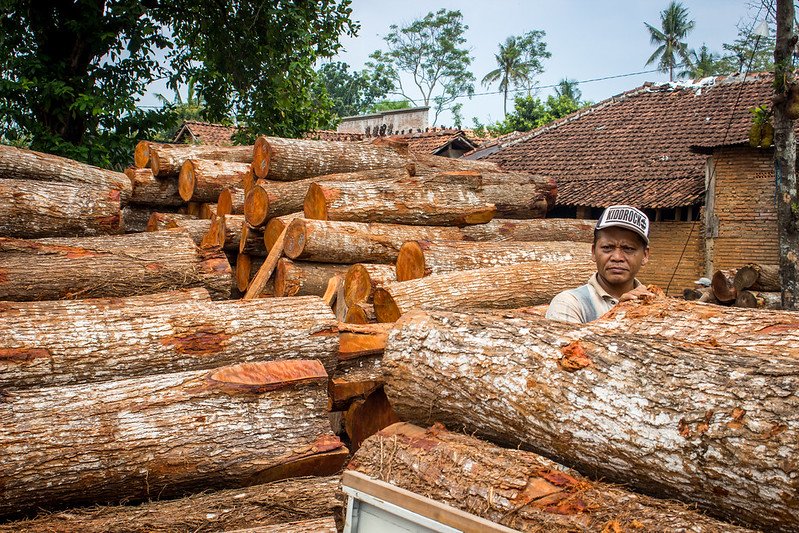Home / South American Imported Teak
SOUTH AMERICAN IMPORTED TEAK
Teak wood's strength, beauty, and adaptability have long made it highly valued. Although South American imported teak wood has become a formidable rival, Asian teak, especially that from Myanmar, is still considered the best. South American teak, which has great qualities and is sustainable, is becoming more and more popular for furniture and boat building, among other uses. This tutorial will go into great detail about the qualities, attributes, and differences between South American imported teak wood and other varieties.

Brazil, Ecuador, and Costa Rica are just a few of the nations where plantation-grown forests provide the raw material for South American imported teak wood. It's not the same species as the more typical Burmese teak (Tectona grandis), but it's still a great substitute because of its numerous similarities. The main distinction is that teak from South America is usually produced on sustainable plantations rather than being harvested from old-growth forests, protecting natural ecosystems. Because of this, it's a more environmentally responsible option, particularly for customers trying to lessen their impact on the environment.
Characteristics of South American Teak Wood
1. Color and Appearance :
The general color of South American teak is warm, golden-brown, while the precise tint might change based on the particular growing environment. When exposed to sunshine over time, it naturally takes on a silver-gray patina that elevates outdoor furniture and decks. The straight grain of the wood enhances its visual appeal, yet certain pieces may have interlocking patterns that give them a distinctive character. It's appropriate for many high-end applications due to its rich color and silky texture.
2. Weather Resistance :
South American teak is well known for its resilience to moisture and harsh weather, much like traditional teak. Because of this, it's the perfect material to utilize in humid or coastal environments, when other wood varieties could rot or distort. This wood is resistant to the elements—rain, sun, and salty sea air—without losing its structural integrity. The straight grain of the wood enhances its visual appeal, yet certain pieces may have interlocking patterns that give them a distinctive character. It's appropriate for many high-end applications due to its rich color and silky texture.
3. Low Maintenance :
One more significant advantage is that it requires less upkeep. South American teak doesn't require regular treatment or sealing to stay in good condition because of its natural oils. The wood may be kept at its best with a simple cleaning with water and light soap. Applying teak oil every few months can help preserve the wood's natural sheen for individuals who would rather keep it that golden-brown color.The straight grain of the wood enhances its visual appeal, yet certain pieces may have interlocking patterns that give them a distinctive character. It's appropriate for many high-end applications due to its rich color and silky texture.
How to Identify High-Quality South American Teak
1. Look for Certification :
It's crucial to check for certificates from groups like the Forest Stewardship Council (FSC) when buying South American teak. These certifications guarantee the wood's ethical and sustainable harvesting practices, safeguarding natural ecosystems and guaranteeing its long-term supply.
2. Examine the Grain :
The grain of teak of superior quality will be straight, consistent, and free of flaws. Although certain pieces might have grain patterns that interlock, this is usually regarded as a good feature. Uneven grain or obvious flaws in lower-quality wood can detract from the material's appearance and effectiveness.
3. Feel the Texture :
Teak's naturally oily texture is one of its distinguishing features. This is because of the wood's high oil content, which imparts to it its resistance to rot and dampness. When examining South American teak, it should have a somewhat greasy feel to the touch, which means that its protective properties are still there.
